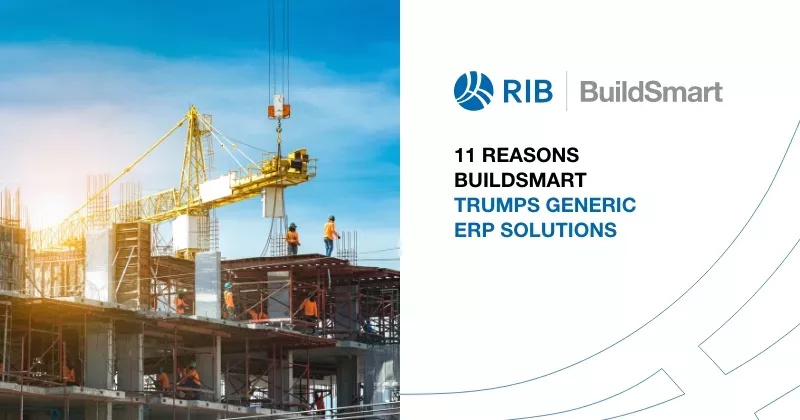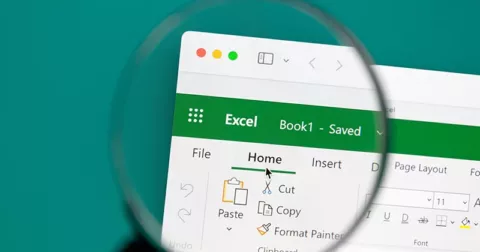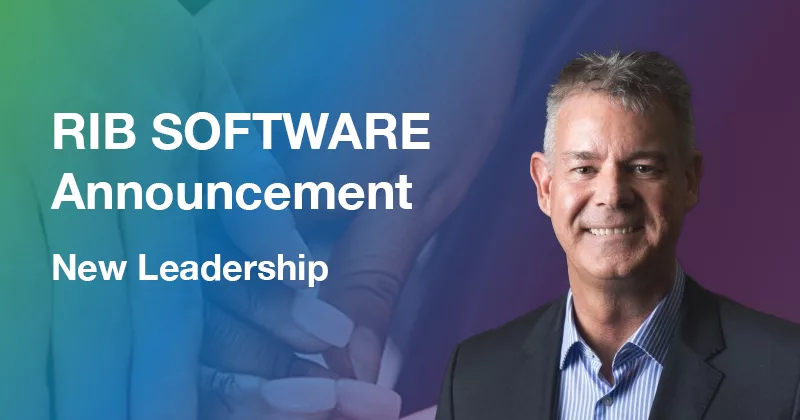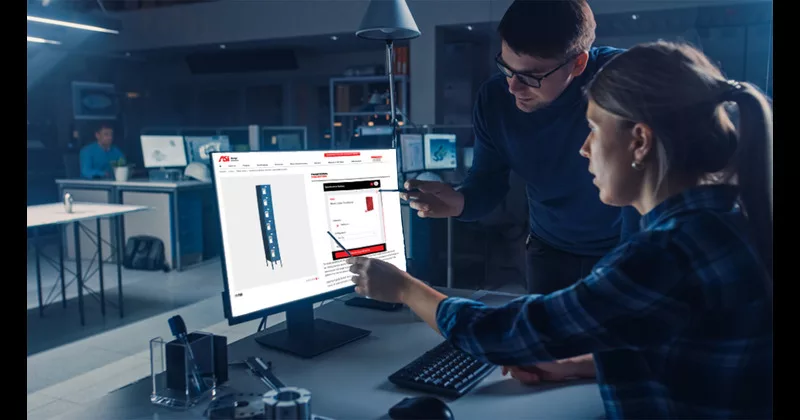7 mins read
Why smart cost control and digital tools are the future of building

The construction industry stands at a critical juncture. The combination of escalating material costs, labour shortages, stringent regulations and sustainability demands is squeezing profit margins and challenging project timelines. To manage this complex environment and ensure profitability, construction companies must embrace a fundamental shift: the intelligent integration of digital tools for smart cost control, writes Peter Damhuis, Vice President at RIB Software.
Managing costs then and now
In the past, controlling costs in construction often meant looking at old records and tracking items by hand. This made it easy for projects to go over budget. However, digital tools are changing this, for example, programs help cost estimators do much more than just calculate measurements on paper drawings; they can create detailed estimates of all the resources needed for a project, for example, materials, labour, equipment and subcontractors.
This digital shift allows for a more proactive way to manage costs. By capturing and analysing data in real time, for example, when RIB Candy is connected with RIB BuildSmart, companies can constantly keep track of their project finances. This means they can spot potential cost problems early and take action before small issues become big budget overruns. The ability to track costs by specific work type, supplier and subcontractor, offers a much clearer view and better accountability, leading to smarter decisions throughout the entire project.
Digital integration and the power of working together
The benefits of using digital tools go beyond just estimating costs. The real improvement comes from smoothly connecting different digital systems across all parts of a construction project. Linking systems for resource planning (ERP), cost estimating, scheduling and project control creates a single platform. This breaks down information silos and encourages better teamwork.
This digital integration leads to significant advantages. Accurate cost estimates can directly feed into project planning and scheduling tools, creating schedules that also show realistic financial forecasts. Methods such as Earned Value Management (EVM) become more efficient and insightful when cost and schedule information are linked. Project managers gain a comprehensive view of how the project is performing, allowing them to manage risks early, use resources effectively, and improve overall project success.
Industry trends highlight the increasing importance of digital integration. Studies consistently show that construction companies that use more digital tools see better efficiency, fewer project delays, and higher profits. For example, a recent report indicated that companies with strong digital adoption are much more likely to finish projects on time and within budget. This shows that using digital tools together isn’t just a tech upgrade, it’s a crucial strategy for staying competitive.
Case Study: Building smarter with connected systems
Washirika 3 Oaks (W3O), a construction company based in Sandton, Johannesburg, switched from using Excel spreadsheets to RIB’s BuildSmart system in 2021. The company was struggling to manage project funds, deadlines and resources effectively, and needed real-time financial insights and better controls.
Implementing BuildSmart led to significant improvements for W3O. By 2023, the company’s revenue had doubled, allowing the group to take on larger projects. BuildSmart provided real-time cost tracking, improved financial reporting, and standardised processes across W3O’s different locations. This resulted in better cost management, less waste, and more efficient operations.
This digital integration allowed for more accurate bidding based on actual project data, making the company more competitive and profitable. Additionally, the transparency improved W3O’s relationships with clients by allowing the sharing of cost information early in the project.
In conclusion, the construction industry is undergoing a major change driven by the need for greater efficiency and profitability. Smart cost control, enabled by advanced digital tools, is no longer optional but essential. By embracing digital integration throughout the project lifecycle, construction companies can move from simply reacting to cost issues to proactively managing their finances, reducing risks, and ultimately building a more sustainable and profitable future. Adopting digital transformation requires commitment and investment; however, the benefits of improved efficiency, higher profits, and greater resilience, make it a clear choice.
Most Recent
7 mins read
3 mins read
5 mins read
7 mins read

Ebook











